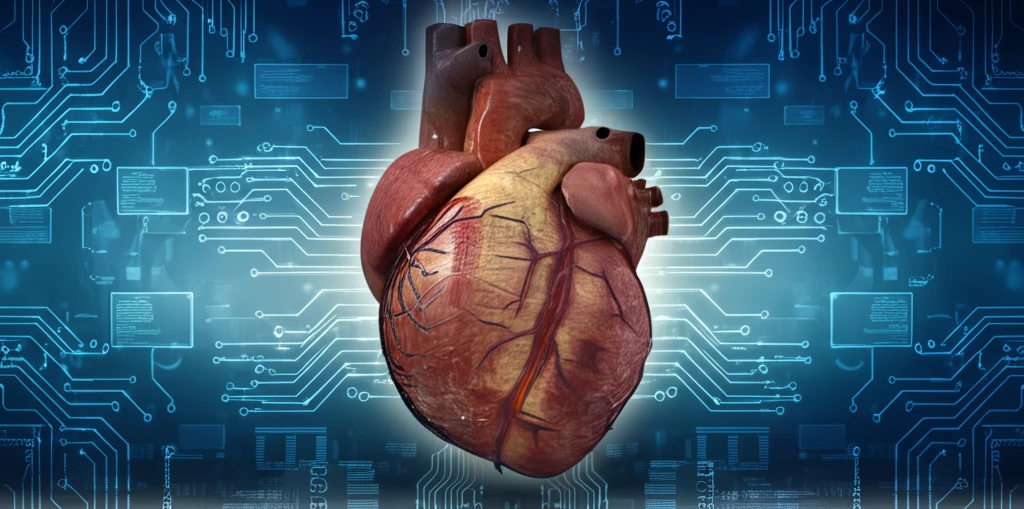
Decoding the Heart's Mechanics: How Computer Models are Revolutionizing Cardiovascular Care
"From blood flow to heartbeats, explore how mathematical simulations are enhancing our understanding and treatment of heart disease."
Cardiovascular diseases remain a significant global health challenge, impacting millions of lives each year. While medical advancements have improved treatment options, a deeper understanding of the heart's complex mechanics is crucial for further progress. This is where computational modeling steps in, offering a powerful tool to simulate and analyze the intricate workings of the cardiovascular system.
Computational models in hemodynamics focus on mathematically describing the fluid dynamics of blood flow. These models, built upon principles of physics and engineering, allow researchers and clinicians to visualize and quantify parameters like blood pressure, flow rates, and wall stress within the heart and blood vessels. By simulating various scenarios, from healthy heart function to diseased states, these models provide insights that would be difficult or impossible to obtain through traditional methods.
This article explores how these computer models are transforming cardiovascular care. We'll delve into the mathematical foundation behind these simulations, the challenges involved in creating accurate representations of the heart, and the exciting potential for improved diagnostics, personalized treatments, and innovative medical devices. While the topic can get quite technical, our goal is to provide an accessible overview of this cutting-edge field and its impact on your heart health.
How Do Computer Models Simulate Blood Flow?

At its core, computational modeling of the cardiovascular system involves creating a virtual representation of the heart and blood vessels using mathematical equations. These equations describe the physical laws governing fluid dynamics, such as the conservation of mass and momentum. To create an accurate simulation, researchers incorporate anatomical data obtained from medical imaging techniques like MRI and CT scans. This patient-specific data allows for personalized models that reflect individual variations in heart size, shape, and vessel geometry.
- Data Acquisition: Gathering detailed anatomical data of the patient's cardiovascular system using medical imaging.
- Model Creation: Constructing a 3D virtual model based on the acquired data, defining the geometry of the heart chambers, valves, and blood vessels.
- Equation Solving: Applying numerical methods to solve the complex equations of fluid dynamics within the virtual model. This simulates blood flow and pressure distribution.
- Visualization and Analysis: Presenting the simulation results in a clear and intuitive manner, allowing clinicians to analyze key parameters and identify potential problems.
Looking Ahead: The Future of Heart Health is Digital
Computational modeling is rapidly evolving, fueled by advances in computing power and medical imaging technology. As these models become more sophisticated and accessible, their impact on cardiovascular care will only continue to grow. From personalized treatment planning to the design of innovative medical devices, computational modeling is paving the way for a future where heart disease is diagnosed earlier, treated more effectively, and ultimately, prevented altogether. The ongoing research and development in this field offer hope for improving the lives of millions affected by cardiovascular conditions.
